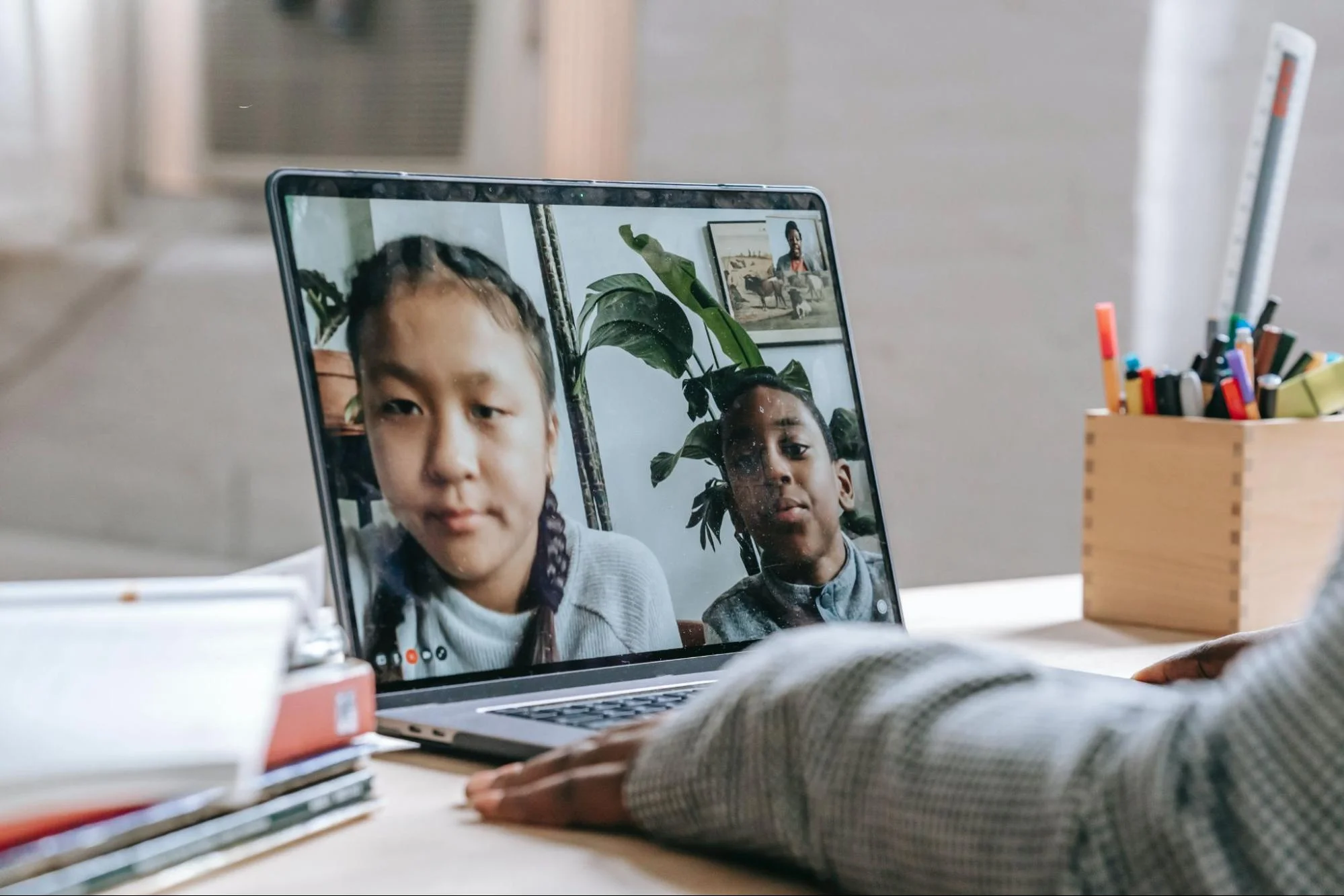
Measuring innovation and keeping up with new trends in learning has become essential for educators, institutions, and students alike in the ever-changing field of education. The way we approach education has changed dramatically as a result of the quickening pace of technological innovation, shifting demands in society, and the world’s transition to a knowledge-based economy.
Innovation In Learning

Innovations in education have come a long way, from conventional, classroom-focused methods to a more diverse, technologically advanced environment. Analyzing the changes that have occurred since then sheds light on how educational innovation might impact learning.
1. Flipped Classroom System
Teachers prioritize active learning in the classroom with the aid of the flipped learning approach. Its foundation is the idea that small group and individual work in the classroom facilitate more effective learning for kids. Teachers provide lecture materials and explanation videos for their students to watch at home or outside of class in order to encourage active learning.
To foster an engaged learning environment, students utilize principles they have learned online in the classroom. Students learn through the course materials, which are often studied outside of the classroom and include reading books and watching educational videos.
It enables students to learn autonomously at home while honing their communication, collaboration, and practical knowledge in the classroom.
2. Collaborative Education Using Social Networks
Using this approach, multiple students work together to complete the given task. When working in groups, students rely on each other’s skills and expertise to finish the task.
In such a setting, they can ask their peers for help with particular problems, promoting social, creative, and problem-solving abilities.
Social media allows a large number of educators and students to interact and share ideas in a digitally collaborative learning environment. It fosters relationships between educators and students wherever they may live.
Posts can be uploaded, shared, liked, and commented on by one another.
Pupils have the ability to post questions and receive several responses from teachers and other students.
3. Dictation Software and Audiobooks
In the education sector, audiobooks and dictation software are the true game-changers. To support students’ learning, teachers use digital devices such as computers, tablets, and cellphones to send audiobooks to their pupils.
In addition to the audio lectures, visual aids are supplied for students with disabilities.
The learning-teaching process can be improved in classrooms by incorporating dictation software and audiobooks. Students can work on their pronunciation and vocabulary when they brainstorm ideas.
Students retain knowledge in memory for extended periods of time because audiobooks and dictation software offer sensory experiences.
4. Augmented Reality
Teachers who foster a joyful learning environment can help students understand even the most challenging material. Students can learn in a classroom that is remarkably immersive thanks to augmented reality technology, which improves focus.
Instead of just using augmented reality in the classroom, students can also utilize it when they’re sitting at a park, library, coffee shop, etc. All they need is an augmented reality-capable program and a picture or flash card that forces augmented reality to show on the screen of the device.
Students can use their imagination in real time to study and understand difficult subjects. Additionally, kids might learn concepts more effectively because they will be using them in real-world situations.
Recommended Learning: How do you explain innovation to a child?
Latest Trends In Learning

The significance of learning trends has changed greatly over time as education adapts to the shifting demands of society, technological breakthroughs, and a growing comprehension of successful pedagogy. Let’s examine how patterns in learning have become more significant over time.
1. Artificial Intelligence
AI’s introduction of tailored experiences, flexible tutoring, and insights derived from data has completely transformed the learning process. AI enables self-paced learning by customizing content to each learner’s needs through adaptive learning platforms. Real-time support is provided by intelligent tutoring systems, and examinations are streamlined by automated grading. Learning analytics offer useful information for making well-informed decisions, and recommendation systems powered by AI improve the way content is delivered. Additionally, AI fosters diversity through language translation, collaborative learning networks, and assistive technologies. This trend equips students for the challenges of the future by transforming education into a dynamic, personalized, and globally connected experience.
2. Education Beyond the Classroom
The digital world is always evolving due to a variety of educational technology advances. Learning is now taking place outside of the classroom thanks to mobile devices. With mLearning and eLearning rising in popularity, students can learn at their own speed and schedule. It is anticipated that this trend will continue since it is a practical way to both deliver and receive education. Creating material that is mobile-first and responsive makes it easier for students to access their courses from any location.
The ability to read offline no longer requires an internet connection. eBooks can be loaded with several elements to enhance the learning experience. An eBook increases the flexibility of learning with its annotation tools, bookmarks, hyperlinks, dictionary, and search function. Today, the majority of educational institutions have included mobile learning into their learning environments.
Recommended Reading: Top 10 Education Trends in 2024
3. AR and VR-Based Integrated Learning
The classroom learning experience has changed significantly since augmented and virtual reality were incorporated into the educational system. Learning is now far more immersive than it was in the past. Students can now examine upgraded versions of the image and objects on their mobile devices, in contrast to plain photographs and practical lab exercises. Learning is becoming exciting because to the advancements in education technology, including augmented and virtual reality.
Virtual reality gives users a twisted impression of the world around them, whereas augmented reality offers an enhanced picture of a real image. These two methods have expanded the possibilities of digital learning. The use of AR and VR to convey difficult concepts is growing.
4. Education through Gamification
The mere fact that the newest developments in educational technology boost student engagement explains why they are becoming more and more popular. Gamification has been implemented in classrooms in a variety of ways, including reward points, stickers, leaderboards, badges, and more. Gamification is the one educational technology trend that ensures higher levels of involvement, engagement, and competition among all others.
In order to improve their grades and get higher on the leaderboard, students actively participate in the classroom activities. Additionally, better performance and higher retention are the outcomes of having to lead the scoreboards.
Students are encouraged to learn and practice through gamification, which enhances the educational process as a whole. Thus, educators employ gamification to foster an interactive learning environment, raise motivation, and improve engagement.
Conclusion
It was just a matter of time until technology dominated the education industry. The acceptance rate was slow at first, but it picked up steam over time. The various developments in educational technology have resulted in a substantial transformation in teaching and learning methodologies.
They say that just as change is continual, so too are technological breakthroughs. Additionally, the education system can use some future tech innovations to enhance students’ learning and growth experiences. These inventions set off a trend that eventually resulted in improved methods of instruction and learning.
Moonpreneur is on a mission to disrupt traditional education and future-proof the next generation with holistic learning solutions. Its Innovator Program is building tomorrow’s workforce by training students in AI/ML, Robotics, Coding, IoT, and Apps, enabling entrepreneurship through experiential learning.


























Why is it important to measure innovation for kids?
Measuring innovation is important for kids because it helps them understand how new ideas and creativity can solve problems and make the world better. It also shows them the impact of their efforts, encourages them to keep thinking creatively, and helps teachers and parents support their growth by recognizing and nurturing their innovative skills.
Using social networks in learning distracts the students in most of the cases. Also sometimes social networks are a source of inaccurate information which impacts their learning process.
The most important thing for the students is that if they really want to excel, then self-paced learning without using AI should also be considered which is not included in the blog.
Yes, AI is a latest trend but are you guys aware what threat AI will bring in future job opportunities. I used to work in administration and lost my job because of AI automation. Statista has also published a report where administrative and office support is at risk of 46%.